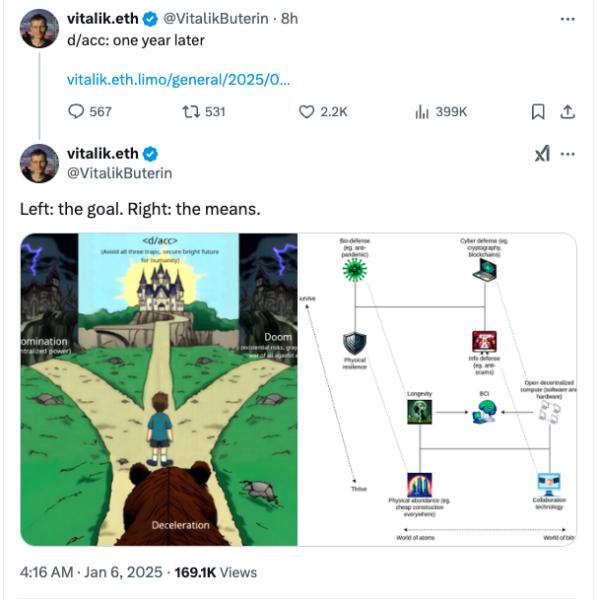OpenAI, a leading artificial intelligence research organization, has recently unveiled a groundbreaking advancement in AI customization with the introduction of fine-tuning capabilities for its GPT-3.5 Turbo model. This innovative feature empowers users to train the AI model using their own documents and data, enabling unparalleled personalization for specific tasks and industries.
Tailoring AI to specific needs
The newly introduced fine-tuning feature for GPT-3.5 Turbo marks a significant leap in the field of AI customization. Users can now refine the model’s existing knowledge through exposure to domain-specific documents, such as company reports, manuals, and articles. This process not only enhances the AI’s grasp of industry jargon and nuances but also equips it with the ability to generate contextually accurate responses.
Unveiling the benefits
OpenAI’s fine-tuning capability offers a range of benefits that cater to both businesses and individuals seeking more tailored AI interactions. One major advantage is the improved performance observed when the AI is specialized in a particular domain. Tasks that require precise technical information or industry-specific insights can now be handled adeptly by the fine-tuned GPT-3.5 Turbo.
In addition to improved performance, the AI’s aptitude for following instructions has been notably enhanced. Users can provide directives that align with their specific requirements, resulting in responses that are finely tuned to the desired output. The AI’s reliability in formatting output to meet user expectations further underscores its utility in professional contexts.
Personalized interactions and cost efficiency
The ability to fine-tune GPT-3.5 Turbo also opens doors to crafting AI personalities. Businesses can now develop AI assistants that reflect their brand voice and ethos, leading to more engaging and personalized interactions with users. This customization extends to tailoring the AI’s responses to align with desired tones, whether informative, casual, or formal.
Cost-efficiency is another compelling advantage offered by fine-tuned GPT-3.5 Turbo. While the GPT-4 model boasts versatility, the fine-tuned version of GPT-3.5 delivers comparable performance within specific domains at a lower cost. This makes AI customization more accessible to businesses with targeted requirements and limited budgets.
The process, costs, and considerations
OpenAI has transparently outlined the process and costs associated with customizing GPT-3.5 Turbo. Users can submit their documents via the API, which then initiates the fine-tuning process. While specific costs vary, this approach offers a cost-effective alternative to leveraging the full GPT-4 model for domain-specific tasks.
However, a note of caution accompanies the utilization of fine-tuned AI models. GPT-3.5 Turbo, like its predecessors, possesses the potential to generate fabricated or inaccurate information. Users are advised to critically evaluate the AI’s outputs, particularly when dealing with crucial decisions or sensitive information.
Upholding data privacy
OpenAI is committed to ensuring data privacy throughout the fine-tuning process. User data submitted for fine-tuning is not employed for training purposes, safeguarding sensitive information. This approach aligns with OpenAI’s dedication to maintaining ethical standards and respecting user privacy.
Looking ahead
OpenAI’s introduction of fine-tuning capabilities for GPT-3.5 Turbo is a significant stride in AI customization and utility. The organization has also announced plans to bring fine-tuning to the GPT-4 model, albeit with expectations of higher costs. This development points to a future where AI becomes an even more integral and adaptive tool across various industries.
OpenAI’s latest offering of fine-tuning for GPT-3.5 Turbo via its API empowers users to create AI models that excel in specific domains. The benefits encompass improved performance, precise instruction following, reliable output formatting, and personalized interactions. As AI continues to evolve, OpenAI’s commitment to refining and customizing its models paves the way for more tailored and effective AI applications.




